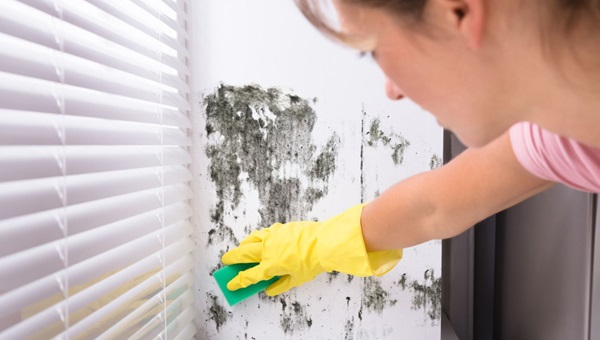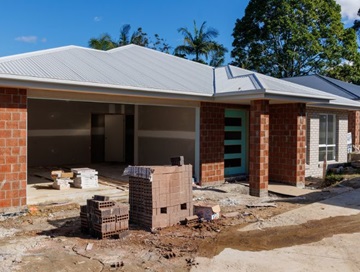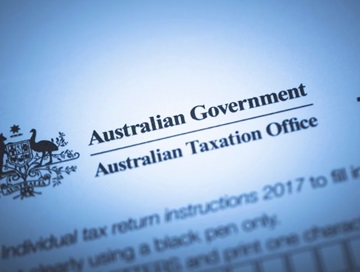It sure is an unpleasant surprise – looking up while washing your hair to spot mould growing on the bathroom ceiling.
It can be a problem in many rental properties, but what are your responsibilities as a landlord or tenant? And it’s not just unsightly, it can also have significant health implications when not addressed promptly and effectively.
REIWA’s Information Services team have seen an increase in calls in relation to mould as the colder weather sets in and damp conditions become more common. We looked into what it takes to form and the responsibilities of both tenants and landlords.
What is mould?
Mould is a type of fungus that thrives in damp, less ventilated environments. It spreads by producing tiny airborne spores that can land on various surfaces, including walls, ceilings, carpets, and furniture. When these spores find a suitable environment with enough moisture and a food source, they start to grow and form mould colonies.
Common sources of moisture in homes include:
- Leaks: Roof, gutter, and plumbing leaks can introduce moisture into the property.
- Condensation: Cooking, showering, and using unvented gas heaters generate steam and condensation, which build up and lead to mould.
- Poor ventilation: Inadequate ventilation in areas such as bathrooms, kitchens, and laundries can trap moisture.
What are my responsibilities as a tenant?
Tenants have several key responsibilities to help prevent mould growth:
- Maintaining cleanliness and ventilation: Tenants should use exhaust fans, open windows, and keep the property clean to reduce moisture levels. Avoiding drying clothes indoors without proper ventilation, and promptly cleaning up spills on carpets (ie. Washing machine leaking into carpeted hallway, or fizzy drinks in bedrooms) can help prevent mould growth.
- Reporting issues promptly: Tenants should inform the landlord or property manager as soon as they notice signs of mould or moisture problems. Delayed reporting can exacerbate the issue.
- Taking preventative measures: Ensuring proper ventilation in moisture-prone areas, like bathrooms and kitchens, and avoiding blocking ventilation points are essential steps tenants should take. You can also purchase moisture absorbers that sit in cupboards to capture to ensure the area stays dry.
What are my responsibilities as a landlord?
Landlords have specific obligations to ensure the property is habitable and safe for tenants:
- Maintaining structural integrity: Landlords must ensure the property is free from leaks and has adequate ventilation to prevent mould growth. They are responsible for fixing structural issues that could lead to mould, such as leaking roofs or faulty plumbing.
- Prompt repairs: If tenants report mould problems that are outside of their control (ie. Insufficient ventilation), landlords must address these issues quickly to prevent health risks and further growth.





.tmb-rcarousel.png?sfvrsn=3e0e74c4_1)




